What is a mortgage buydown and is it a good idea?
Have you heard all the buzz about Buydowns? I keep hearing from clients that real estate professionals are throwing around buydowns like they’re the best thing since sliced bread. As you might have guessed, I am not a huge fan. Watch this quick 1 minute video to learn why.
If you’re still interested in learning more about buydowns and how they work, keep reading!
Understanding Buydowns
Buydowns are easy to understand if you think of them as a mortgage subsidy offered by the seller on behalf of the homebuyer. Typically, the seller contributes funds to an escrow account that subsidizes the loan during the first years, resulting in a lower monthly payment on the mortgage. Builders or sellers may offer a buydown option to help increase the chances of selling the property, by making it more affordable.
The builder or seller of the property usually provides payments to the mortgage-lending institution, which, in turn, lowers the buyer’s monthly interest rate and, therefore, monthly payment. The home seller, however, usually will increase the purchase price of the home to compensate for the costs of the buydown agreement.
Buydown Pros and Cons
Whether it makes sense to use a buydown to purchase a home can depend on several things, including the amount of the mortgage, your initial interest rate, the amount you could save in interest over the initial loan term, and your estimated future income. How long you plan to stay in the home also can come into play for determining your break-even point.
The Pros
A buydown temporarily reduces your interest rate, saving you money and lowering your monthly payments during the initial loan term.
Choosing a buydown may allow you to pay less for the home than the seller’s listing price.
It could make sense for homebuyers whose income will increase in the years to come.
The Cons
Once the buydown rate ends, your monthly payment could be higher than expected.
A buydown may not be an option for certain property types or loan types.
If your income doesn’t increase, then you could struggle with making monthly mortgage payments.goals.
Example of a Buydown Mortgage
Here are some examples of how a buydown mortgage can work. Say you're borrowing $250,000 with a 30-year fixed-rate loan at 6.75%. You can choose between a 2-1 buydown or a 3-2-1 buydown.
Here's what the loan breakdown would look like with a 2-1 buydown option:
Year 1: $1,304 at 4.75% interest
Year 2: $1,459 at 5.75% interest
Year 3: $1,622 at full 6.75% interest
The buydown fee for this loan would be $5,759. Now, say you choose the 3-2-1 buydown instead. Here's what your loan payments would look like:
Year 1: $1,158 at 3.75% interest
Year 2: $1,304 at 4.75% interest
Year 3: $1,459 at 5.75% interest
Year 4: $1,622 at full 6.75% interest
Meanwhile, the buydown fee for this loan increases to $11,324. So when considering a buydown, it's important to look beyond the initial low payment period to determine whether the costs involved in the near term are worth any interest savings you might realize.
Is It Worth It to Buy Down Points?
I do believe buydowns can work for some clients. I also believe in looking at your bigger financial picture and the implications of a buydown.
And remember… There’s no such thing as a free lunch.
That money is coming from somewhere. And if it’s the seller’s pocket, chances are it’s wrapped in the purchase price of the home.
My advice: If you’re going to go with a buydown, make sure you understand exactly what you’re getting into and look at all your options. You could consider putting your own money in a savings account that earns interest as a way to “buydown” your own rate without relying on the seller.


